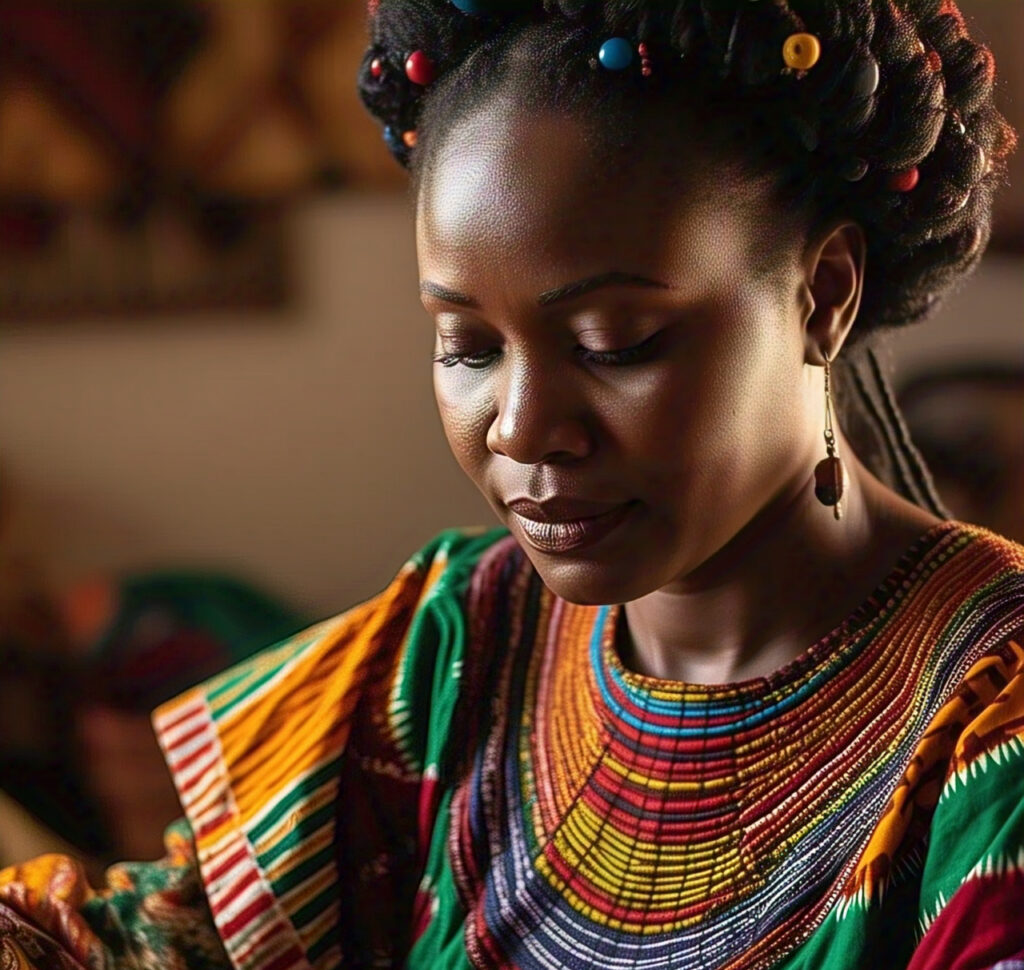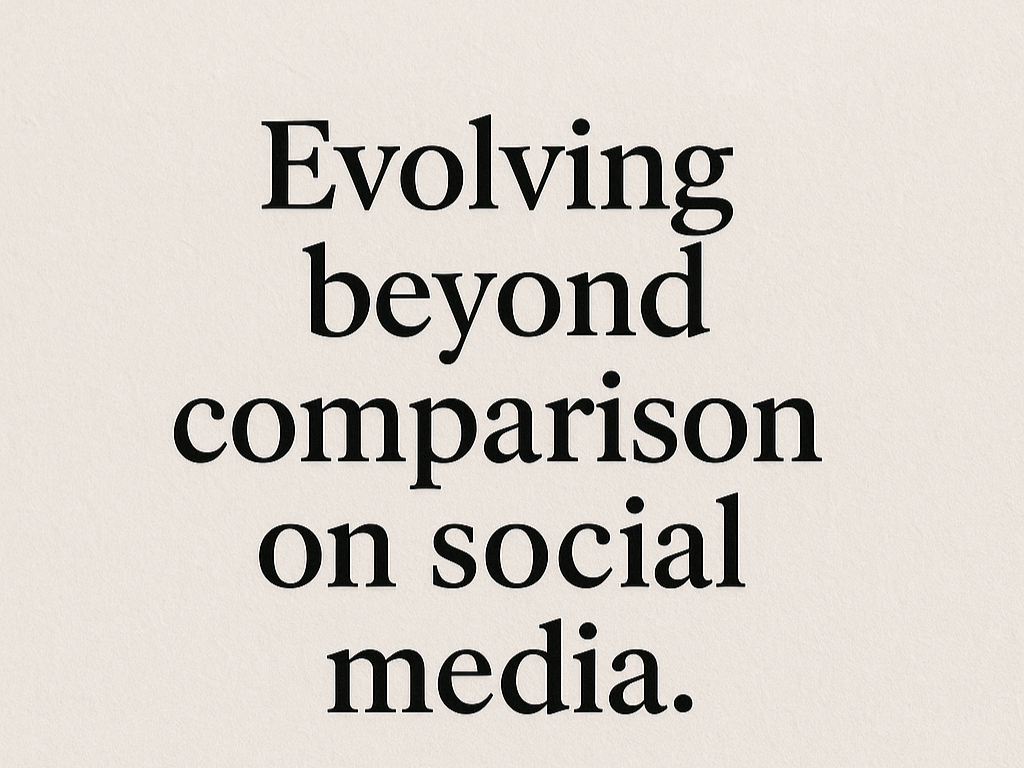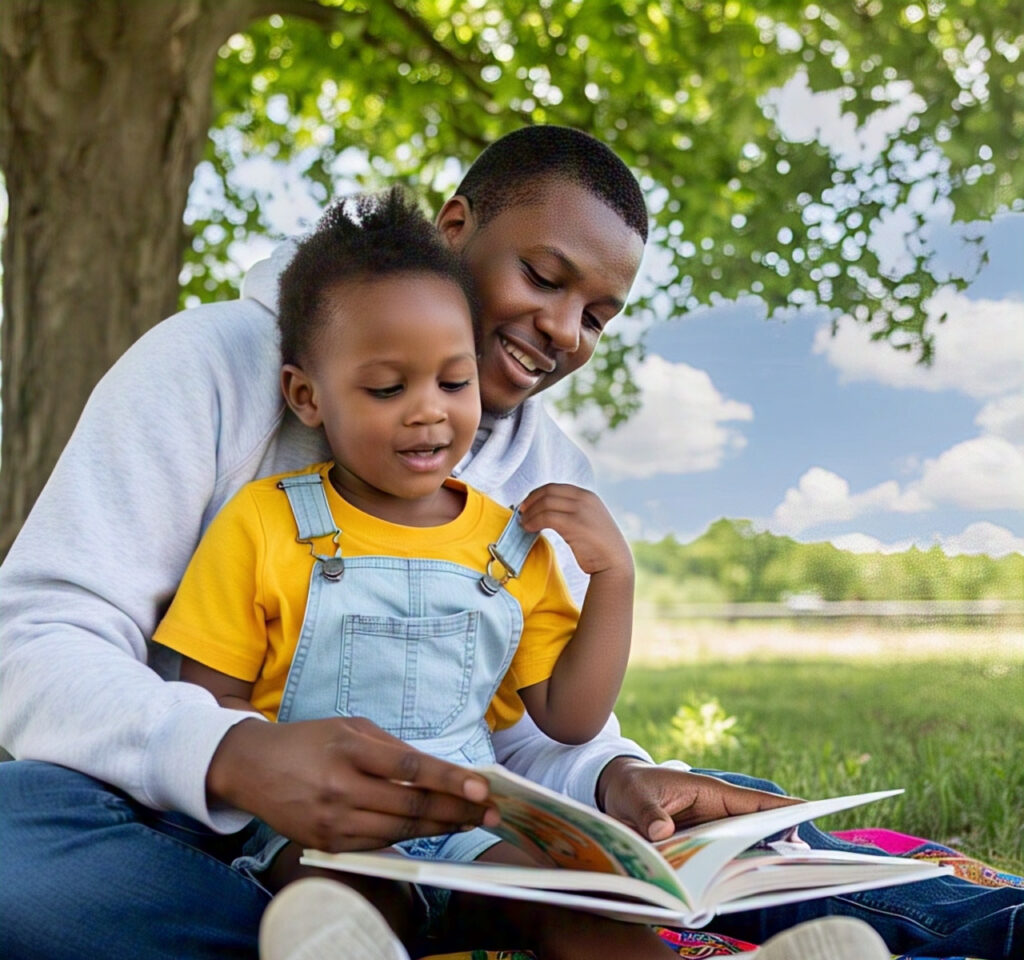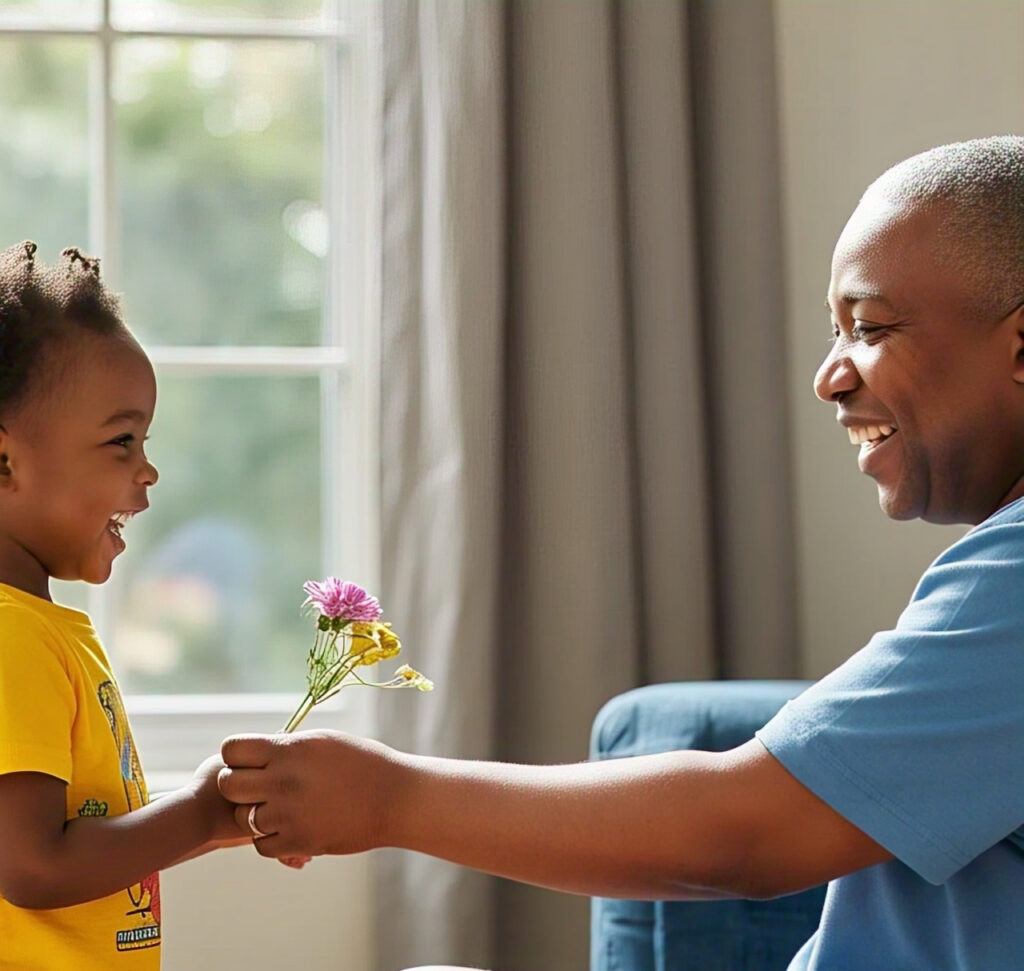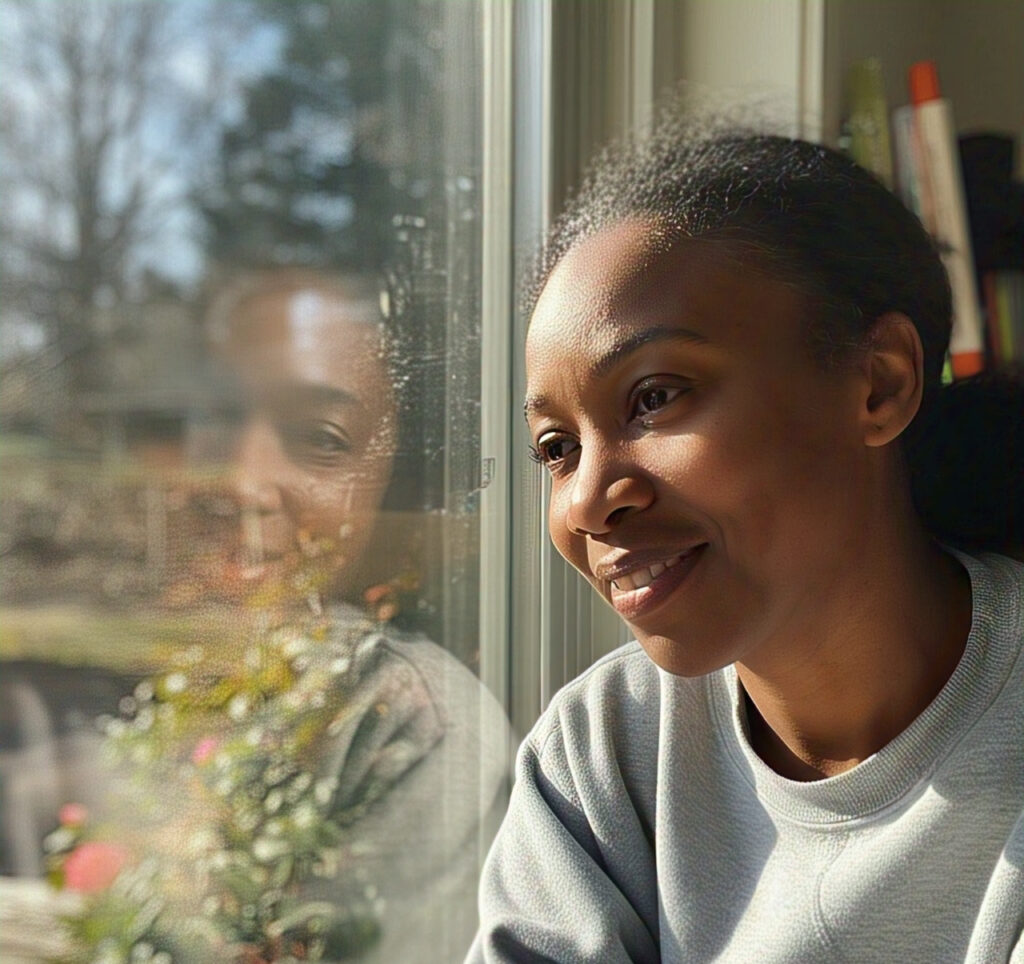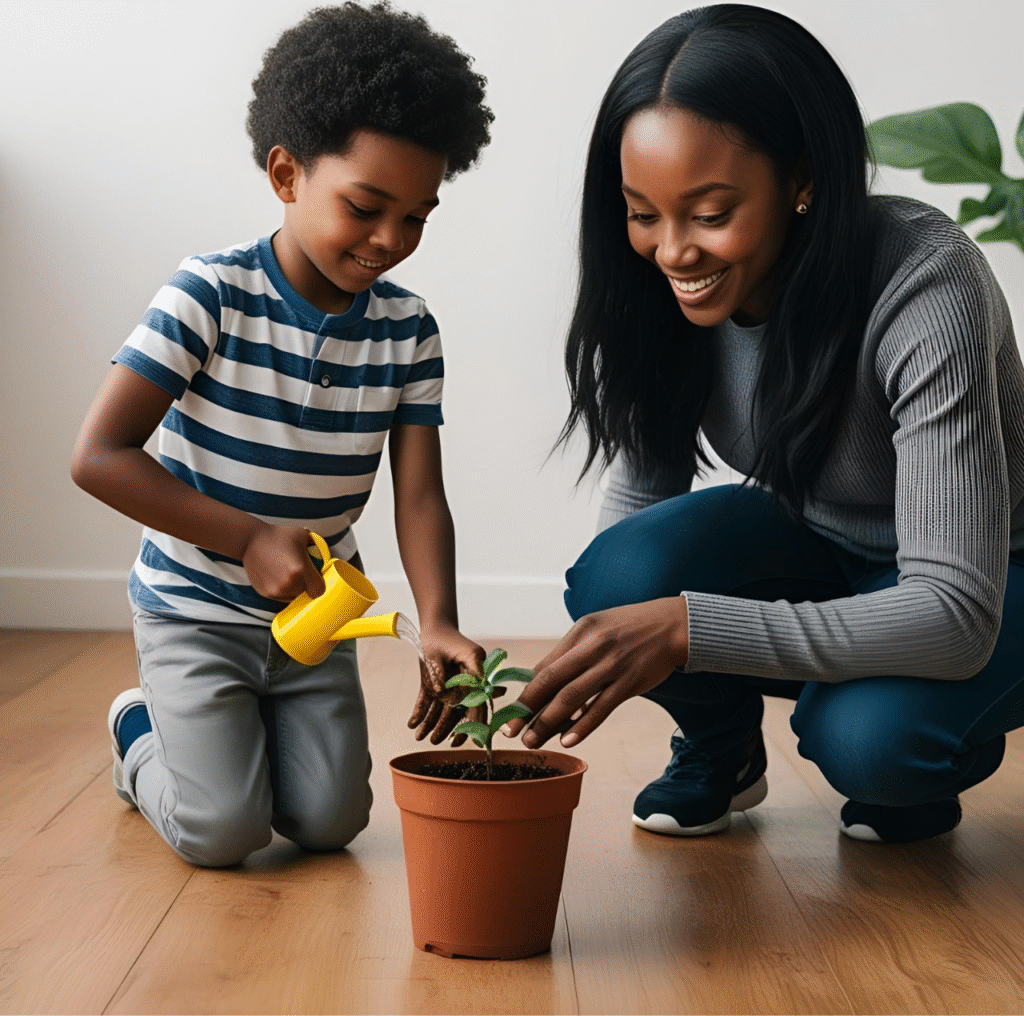Growing Through Stress and Anxiety
Growing through stress and anxiety is something many of us are still learning how to do. It’s been a mix of motherhood, chasing dreams, holding space for others, and trying not to lose myself. Stress and anxiety have a way of creeping in unannounced. There are days I feel like I am just trying to keep my head above water. But over time, I’ve learnt that while these feelings may be a part of life, there are mindful ways to grow through them with intention and grace. 1. Naming My Feelings: The First Step in Growing Through Stress and Anxiety In the past, I used to suppress my emotions like they didn’t matter, but lately, I have learnt to name how I feel. Part of growing through stress and anxiety means giving those feelings a name—be it tiredness or fear. I’ve found that when I acknowledge what I’m feeling inside of me, I take the first honest step toward healing. 2. Taking Mindful Breaks: Creating Space to Grow Through Stress and Anxiety I used to think rest was a luxury! But I’ve recently realised that growing through stress and anxiety means making room to pause. It could be taking a few deep breaths or a short walk. These small, intentional breaks help me reconnect with myself. 3. Setting Boundaries: Protecting My Peace This one has been a game-changer for me. “I’ve learnt that saying ‘no’ isn’t selfish—it’s sacred. Through stress and anxiety, I’ve grown into someone who honours her limits, chooses rest over burnout, and protects her peace like treasure .” Boundaries give me room to breathe and be fully present. 4. Practicing Self-Kindness It’s easy to be hard on ourselves when we feel we aren’t measuring up. But one thing that helps me in managing stress and anxiety is choosing kind words over criticism. I remind myself: I’m trying, I’m learning, and I’m allowed to rest. 5. Embracing My Season Comparison steals peace. True growth begins when you embrace your season and honour your journey. Even the smallest step forward becomes powerful when it’s taken with self-awareness and acceptance. 6. Exercise: Movement is my medicine. On days when stress feels overwhelming, I take a moment to stretch or step outside for a walk. These small acts of exercise aren’t just about staying active—they’re a reminder that growth through stress and anxiety isn’t only mental. It’s physical too. Exercising helps release tension, resets my mind, and grounds me in the present. 7. Creating Gentle Routines for Growing Through Stress and Anxiety I no longer rush into my mornings. Instead, I ease in—listening to inspiring podcasts, journaling, praying, or letting soft music play in the background. These simple rhythms help me stay grounded. Amidst the stress and anxiety, they’ve become quiet anchors, helping me grow, one mindful morning at a time. Final Words on Growing Through Stress and Anxiety So take a deep breath. Release the need for perfection and embrace where you are. Growth is a journey, not a destination—it’s the quiet, daily steps forward, the moments of grace, and the soft understanding that you are where you need to be. You’re not behind; you’re simply becoming, evolving with every choice, every breath. And in this shared journey, know that you are never alone. Take a moment today to acknowledge how far you’ve come. Be gentle with yourself and remember—you are becoming, and that is enough.
Growing Through Stress and Anxiety Read More »




